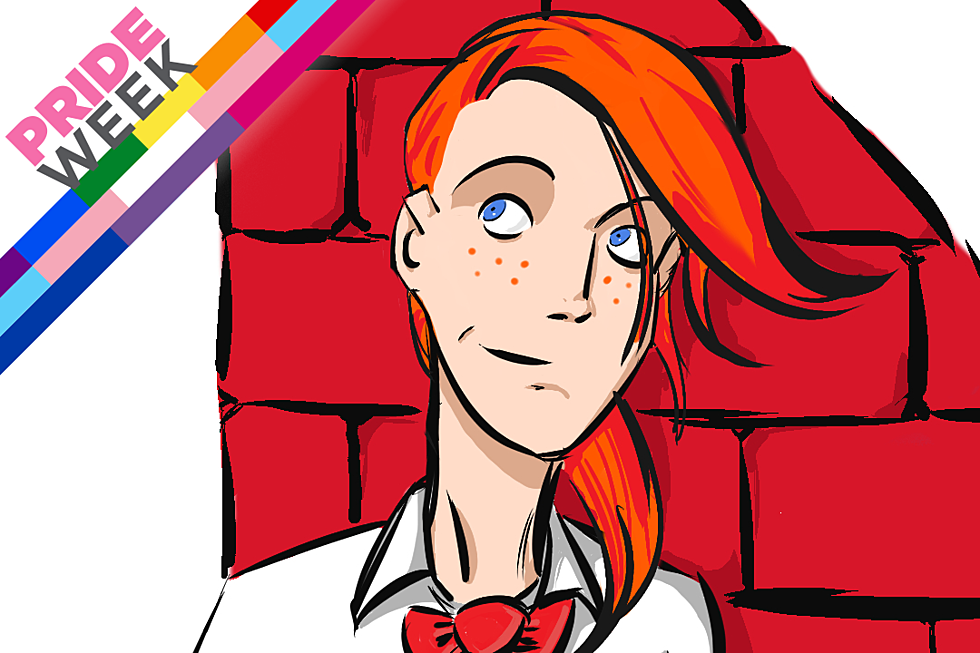
The Case for Superman's Transgender Pal, Jenny Olsen
There’s a term in the transgender community called “eggmode”; parlance for transgender or nonbinary people who haven’t figured it out yet. A while back on social media, #eggmode trended with tales of behaviors that in retrospect seem like giant neon signs. They include thinking constantly about what it would be like as a gender other than the one we think we are; undergoing experimental living as said gender; or reading and writing stories about characters who have transitioned (even if those stories get just enough wrong to put some warped ideas in our heads.)
Superman's pal Jimmy Olsen is totally an egg. Jimmy’s next startling metamorphosis could be into an actual egg, and it wouldn't make the character any more of an egg than they are now.

![The Case For A Trans Captain America [Pride Week]](http://townsquare.media/site/622/files/2016/06/PrideWeek-Trans-CapAmerica.jpg?w=980&q=75)





